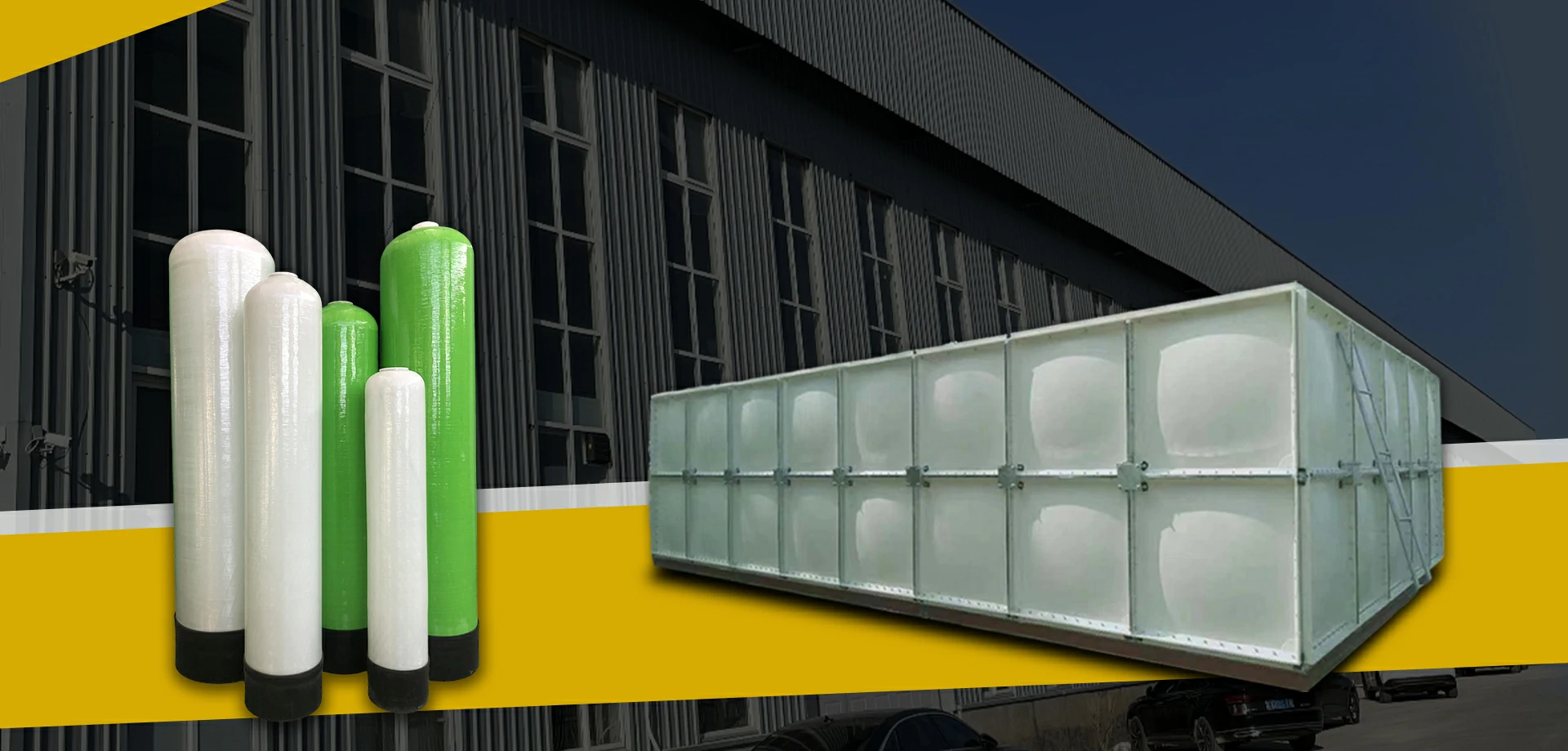loading...
- No. 9, Xingyuan South Street, Dongwaihuan Road, Zaoqiang County, Hengshui, Hebei, China
- admin@zjcomposites.com
- +86 15097380338
- Welcome to visit our website!
grp walkway grating
Understanding GRP Walkway Grating Innovating Safety and Efficiency
In various industrial, commercial, and municipal applications, safety and durability are paramount. Grating has become an integral part of designing walkways, platforms, and other surfaces across different sectors. Among the various materials used in grating systems, Glass Reinforced Plastic (GRP) has emerged as a leading choice due to its unique properties and advantages. This article delves into GRP walkway grating, exploring its features, benefits, and applications.
What is GRP Walkway Grating?
GRP walkway grating is a type of flooring system that incorporates fiberglass reinforced plastic. This composite material combines the tensile strength of glass fibers with the lightweight properties of plastic, resulting in a product that is both strong and versatile. GRP grating comes in various forms, including lightweight panels, which are ideal for walkways and other public spaces.
Key Features of GRP Walkway Grating
1. Corrosion Resistance One of the most significant advantages of GRP is its resistance to corrosion from chemicals, moisture, and saltwater. This characteristic makes GRP walkway grating an excellent choice for environments such as chemical plants, oil platforms, and coastal areas.
2. Lightweight Compared to traditional materials like steel or aluminum, GRP is significantly lighter. This property not only simplifies handling and installation but also reduces the load on supporting structures, making it a cost-effective option for many applications.
3. Slip Resistance Safety is a crucial consideration in any walkway design. GRP walkway grating typically features a textured surface, providing excellent slip resistance even when wet. This reliability significantly reduces the risk of accidents.
4. Durability GRP materials are designed to withstand harsh environmental conditions. Unlike wood, which can rot, or metal, which can rust, GRP maintains its integrity and performance over time, resulting in a longer life span with lower maintenance costs.
5. Customizability GRP grating comes in various designs, colors, and sizes, allowing for customization to meet specific project requirements. Fabricators can produce tailored solutions to fit any application, whether it's a pedestrian walkway, a heavy-duty platform, or an industrial drainage system.
grp walkway grating

Applications of GRP Walkway Grating
The versatility of GRP walkway grating lends itself to numerous applications across multiple sectors
1. Industrial Settings Factories and warehouses often use GRP grating for floor platforms, walkways, and workstations due to its ability to withstand heavy loads and resist chemicals.
2. Marine Environments With its corrosion resistance, GRP grating is ideal for docks, piers, and shipbuilding facilities. Its lightweight nature allows for easy transportation and installation in challenging locations.
3. Amusement Parks and Recreational Areas Many amusement parks incorporate GRP walkways in their designs due to its safety features and aesthetic appeal. Its slip-resistant surface is particularly beneficial in areas where the ground may frequently be wet.
4. Healthcare Facilities Hospitals and laboratories use GRP grating for its hygienic properties. The ease of cleaning and the capability to resist chemical spills make it an excellent choice for medical environments.
5. Public Infrastructure GRP grating is often used in municipal applications such as pedestrian walkways, bridges, and drainage covers, providing a durable and safe alternative for public access zones.
Conclusion
GRP walkway grating is a revolutionary product that combines safety, durability, and versatility. Its unique characteristics make it an ideal solution for a wide range of applications, from industrial settings to public infrastructure. By investing in GRP grating, businesses and municipalities enhance safety and work efficiency while reducing maintenance costs. As the demand for reliable and long-lasting materials continues to grow, GRP walkway grating will undoubtedly play a crucial role in shaping future construction and design, making environments safer for everyone.
-
The Rise of FRP Profiles: Strong, Lightweight, and Built to LastNewsJul.14,2025
-
SMC Panel Tanks: A Modern Water Storage Solution for All EnvironmentsNewsJul.14,2025
-
GRP Grating: A Modern Solution for Safe and Durable Access SystemsNewsJul.14,2025
-
Galvanized Steel Water Tanks: Durable, Reliable, and Ready for UseNewsJul.14,2025
-
FRP Mini Mesh Grating: The Safer, Smarter Flooring SolutionNewsJul.14,2025
-
Exploring FRP Vessels: Durable Solutions for Modern Fluid HandlingNewsJul.14,2025
-
GRP Structures: The Future of Lightweight, High-Performance EngineeringNewsJun.20,2025
